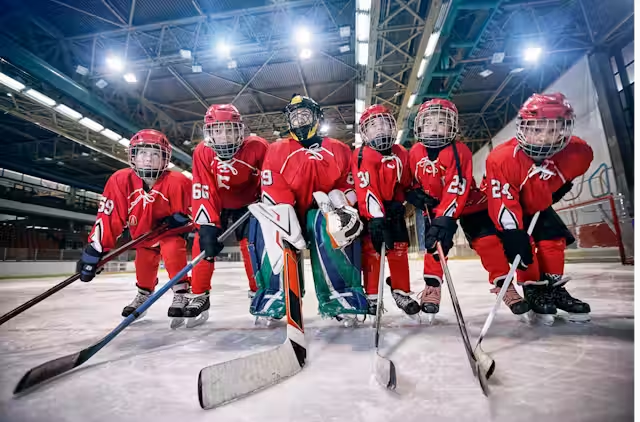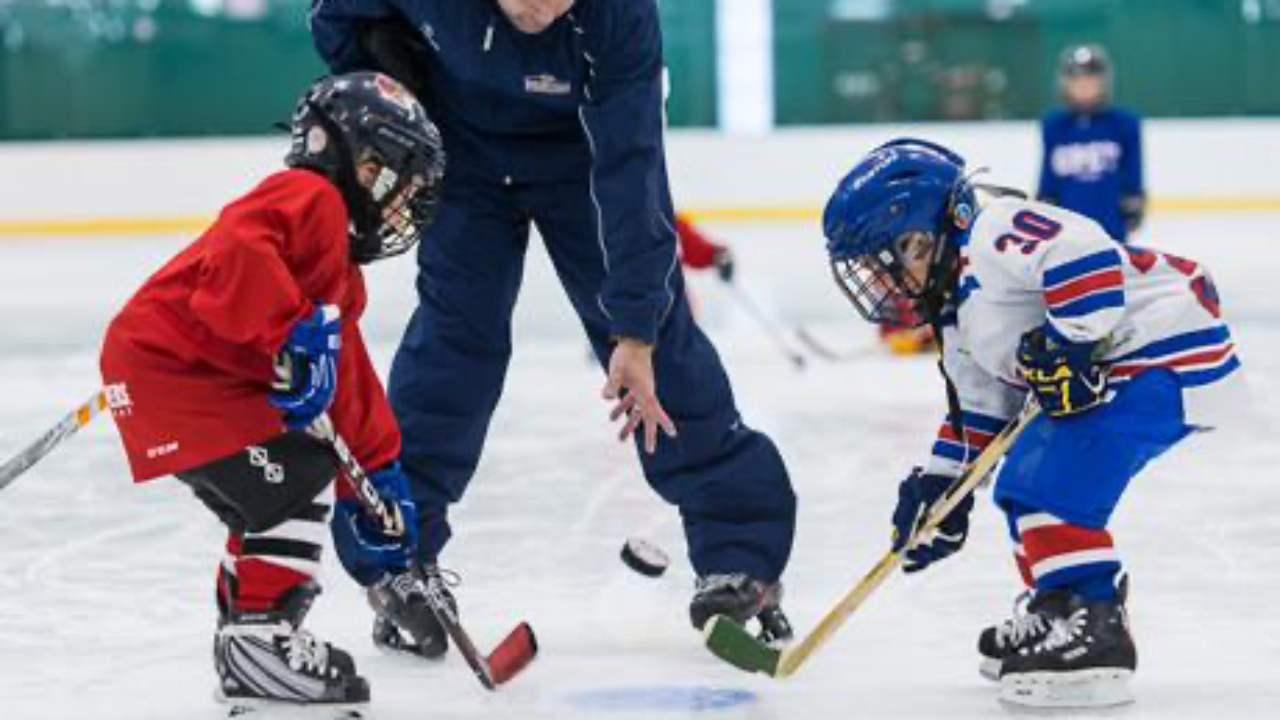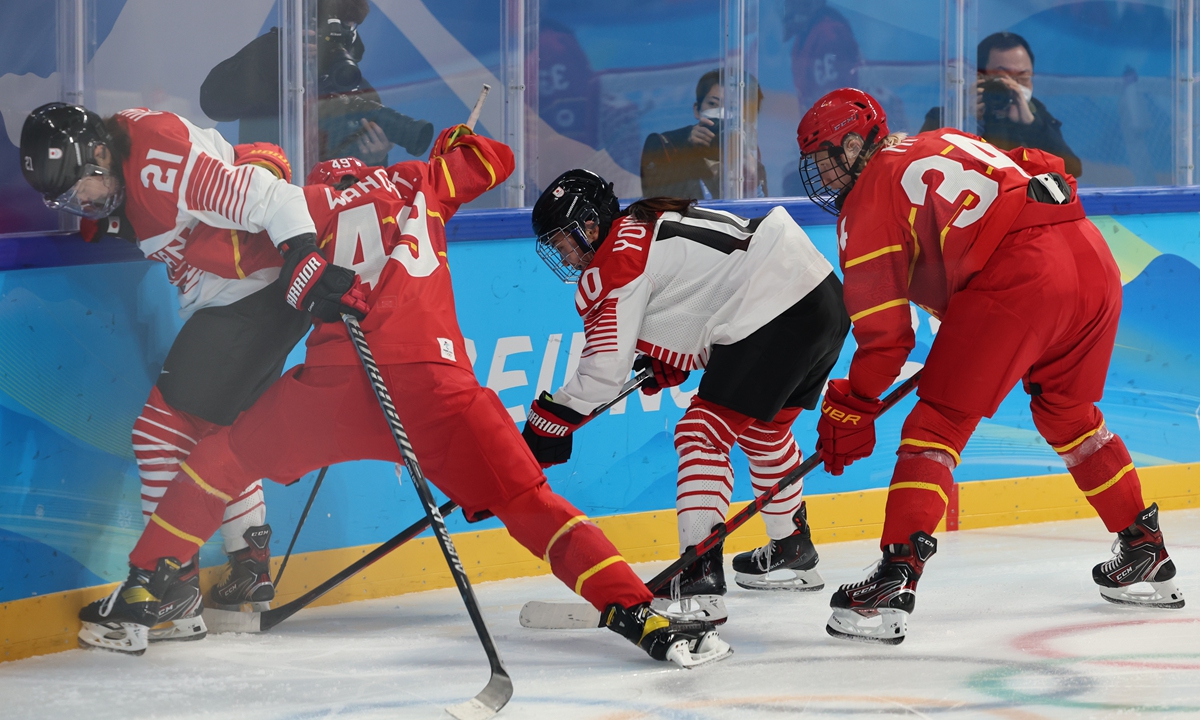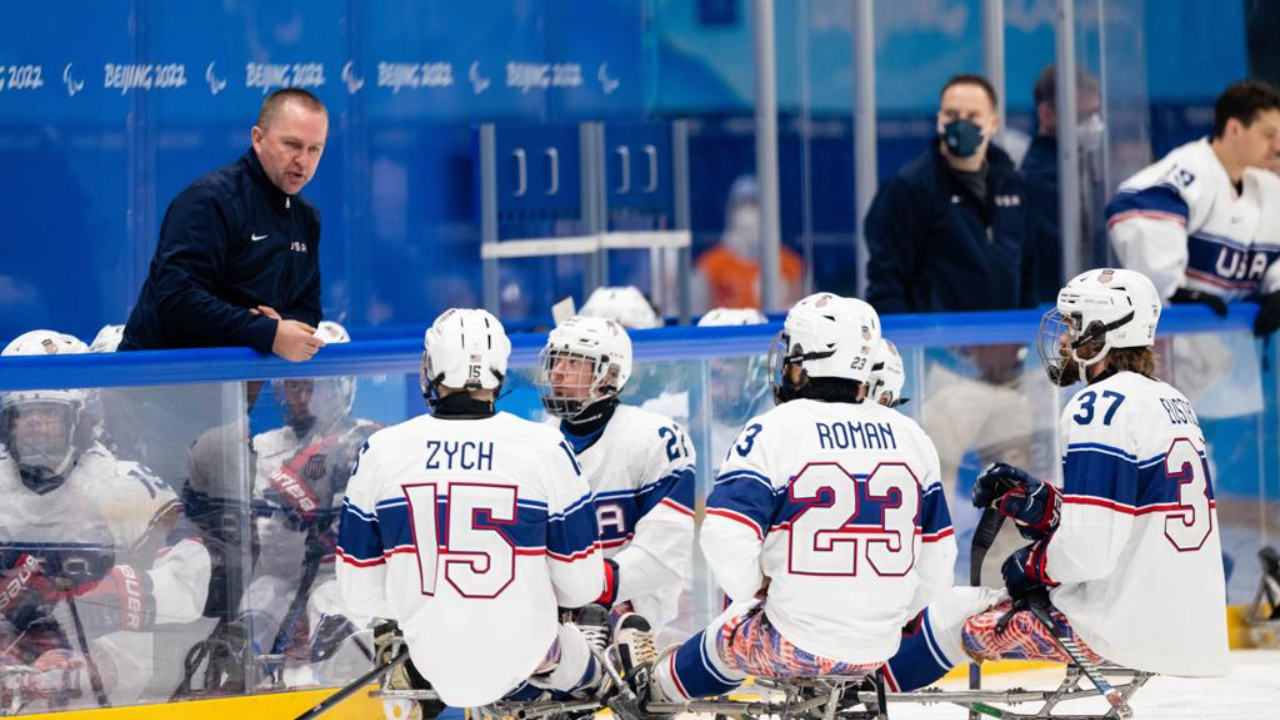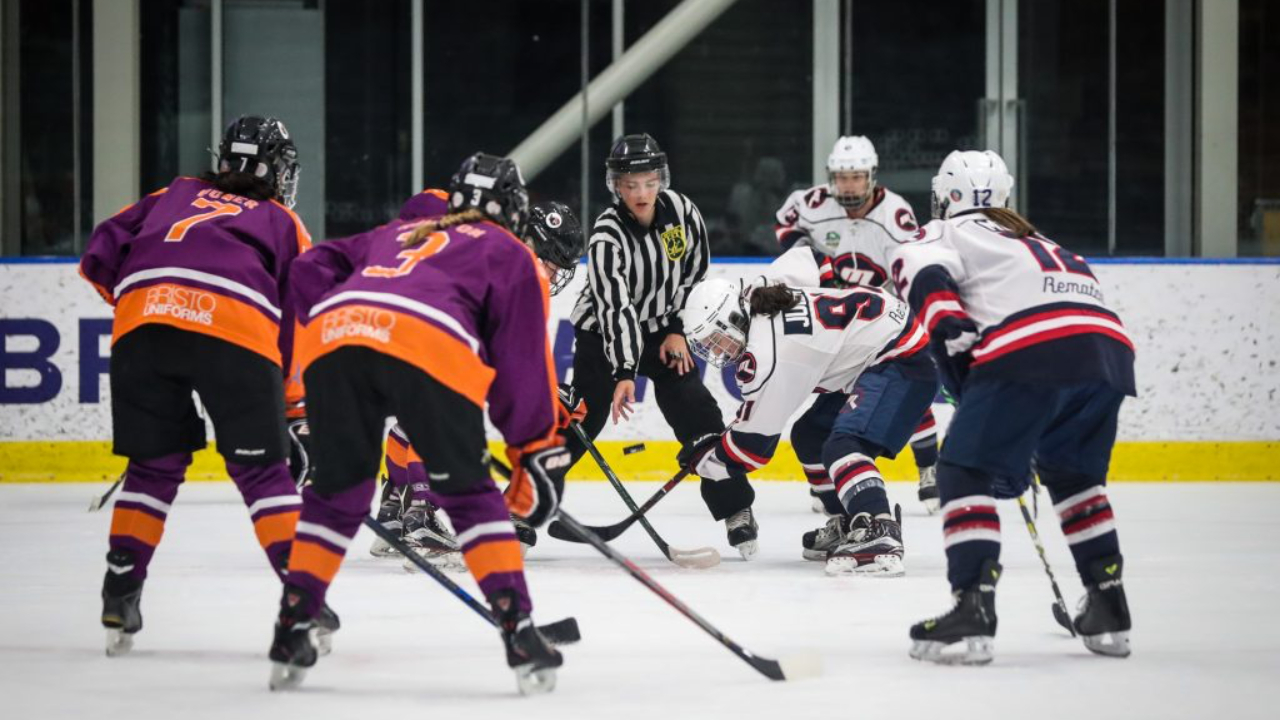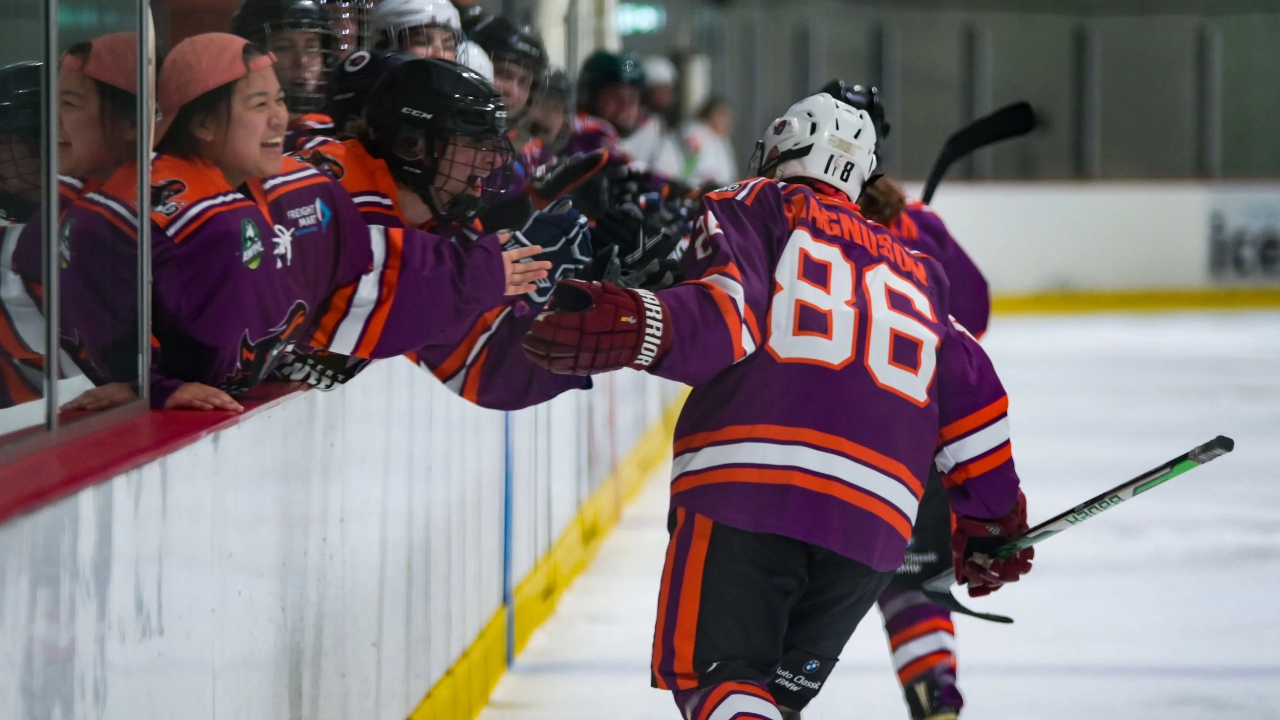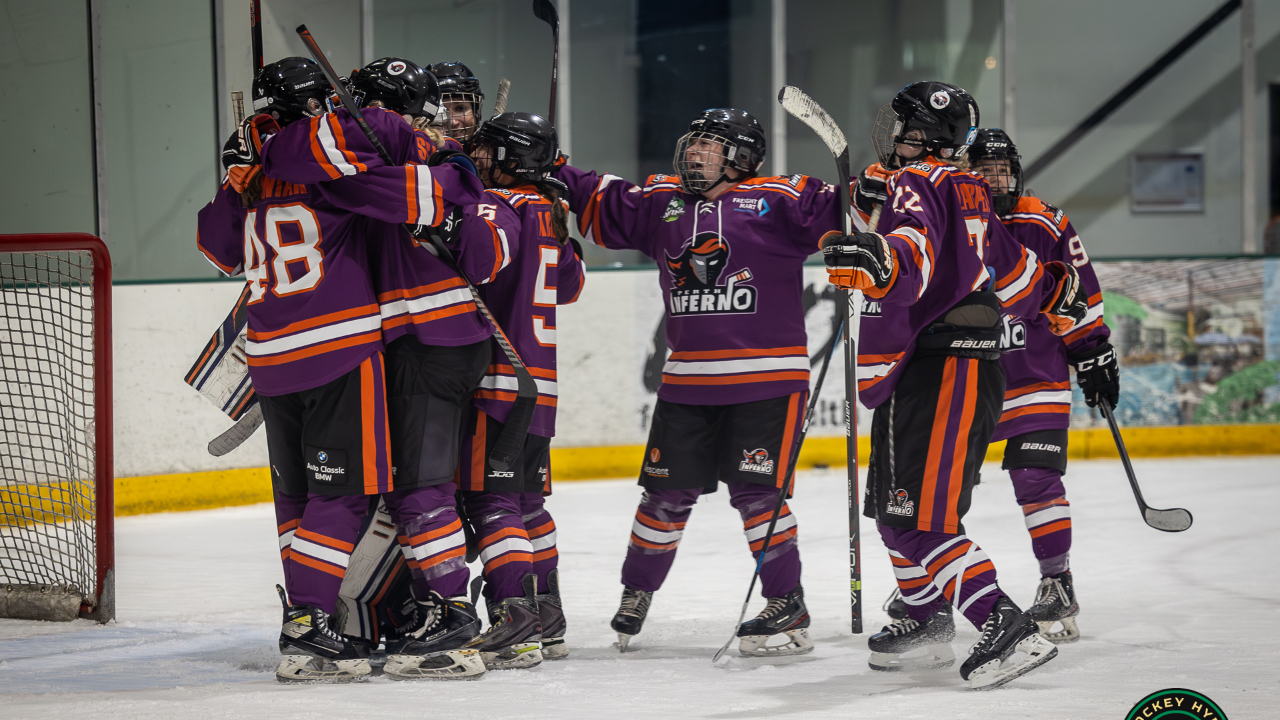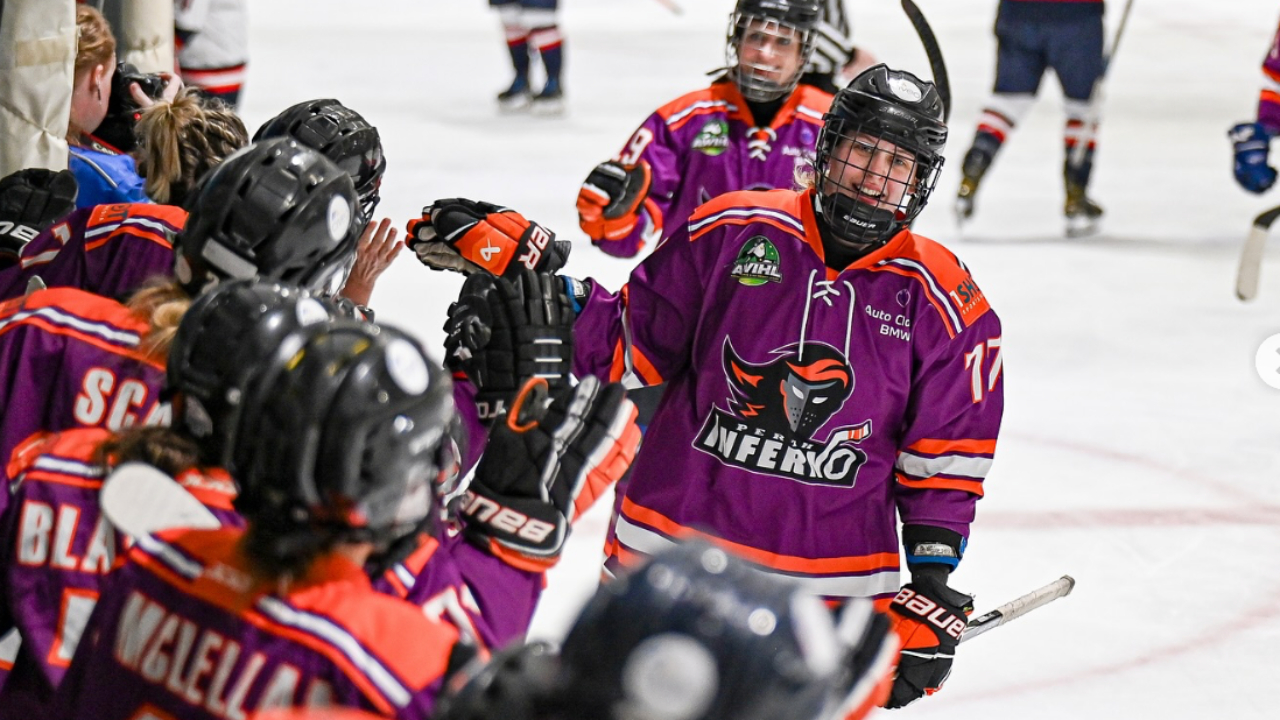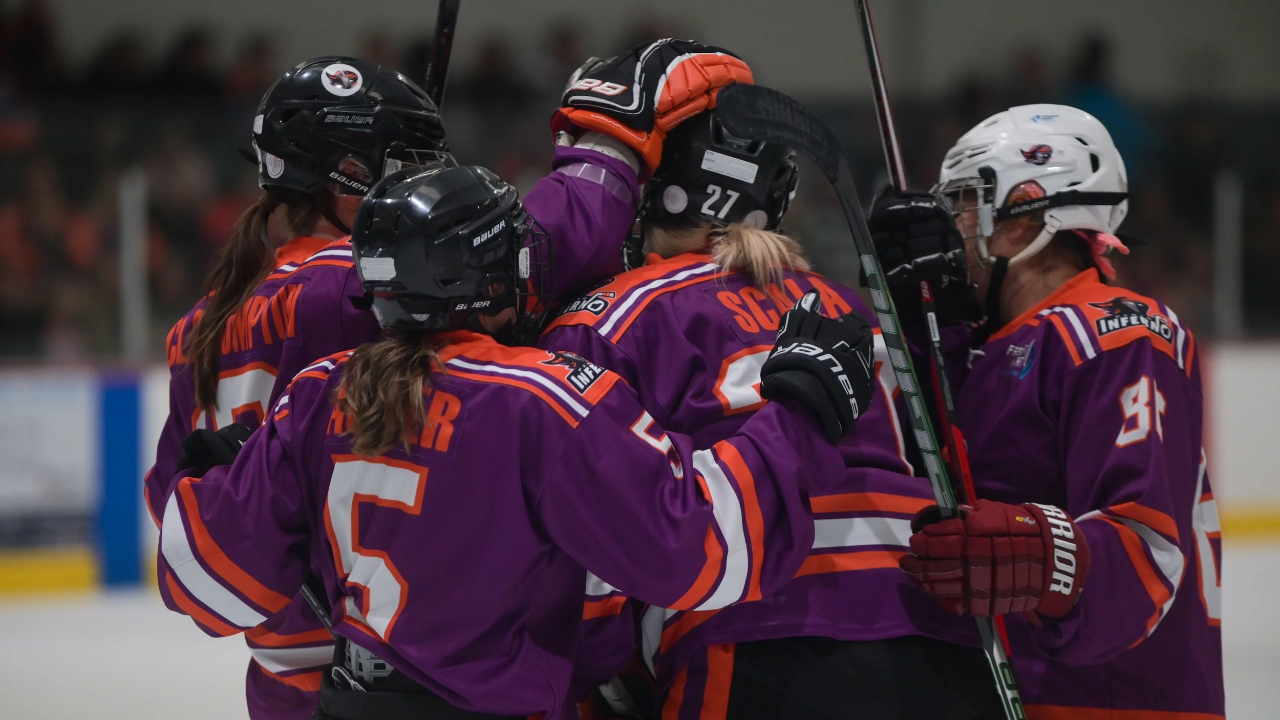
Inside My Madness: Coaching in a Nonlinear World
Article (3:5) The Nonlinear Practice: Designing Sessions for Emergence
By Coach Barry Jones – IIHF Level 3 High Performance | USA Hockey Level 3 Performance | Head Coach, Perth Inferno (AWIHL)
I used to spend hours designing perfect drills. Now I spend that time breaking them on purpose. The game never unfolds in straight lines, so why should training?
Why Traditional Drills Don’t Transfer
For most of my career, I built drills like puzzles. Players moved in rehearsed patterns, passed on command, and shot in rhythm. Everything looked organised, but when the game started, those movements disappeared.
The problem wasn’t the players. It was the design.
Linear drills isolate mechanics from the information that drives them. Players learn to move, but not to perceive. They react to coaches, not to cues. They execute instructions, not intentions.
When performance depends on reading space, time, and pressure, isolated drills build the wrong reflex.
Representative Learning: Practice that Looks Like the Game
The fix wasn’t more detail; it was more chaos.
In ecological coaching, we design representative environments, training tasks that contain the same informational cues athletes will face in competition. That means real decisions, shared space, and variable outcomes.
If a player can perform a skill under perfect control, it’s not ready for the game. If they can perform it under pressure, noise, and unpredictability, that’s transfer.
My sessions now start with one question: What information does the player need to see to make this skill emerge?
From Drill to Design
Let’s take a basic example. A traditional passing drill might look like this:
-
Three players in a line.
-
Pass, follow, rotate.
-
Clean execution, minimal thinking.
Now, flip it.
-
Turn it into a 3v2 transition game.
-
Give attackers limited time or space.
-
Let defenders force poor reads.
Suddenly, passing becomes a behaviour, not a technique. It emerges from pressure, timing, and shared awareness.
The same skill lives inside a richer context, that’s where learning sticks.
Building Variability on Purpose
Coaches often think repetition means doing the same thing over and over. But real mastery comes from repetition without repetition.
Each time the athlete acts, the context shifts slightly. The affordances change, a new angle, new speed, new spacing. The brain learns flexibility, not formula.
When designing tasks, I manipulate constraints like:
-
Space (tight vs. open zones)
-
Time (shot clocks or countdowns)
-
Numbers (overload or underload)
-
Rules (score in specific zones, shoot from certain cues)
Each tweak changes perception, which changes movement. That’s how adaptation develops.
Measuring What Matters in Practice
Instead of tracking how many reps players complete, I now measure how well the behaviour emerges.
Are they scanning earlier?
Are they creating new solutions?
Are they adjusting to new constraints faster?
Those are the metrics that show learning transfer.
I still use data, but it’s behaviour-led, not volume-led. I’ll note how often we create advantage in a small-area game, how many decisions occur per rep, or how pressure tolerance improves.
The focus shifts from quantity to quality of adaptation.
Designing for Emergence, Not Perfection
Traditional drills chase control. Nonlinear design chases emergence.
That means letting players find their own solutions within the problem space. It requires patience; you can’t over-correct every mistake. Sometimes the chaos is the lesson.
When you coach this way, success feels different. It’s not about the drill running smoothly; it’s about the game showing up on a Tuesday.
I often remind my staff: If the drill looks messy but the behaviours look right, stay with it.
Try This: Flip One Drill
Take one of your go-to drills and make it nonlinear.
-
Keep the core skill the same, but remove the predictability.
-
Add decision points, pressure, or variability.
-
Watch what new solutions emerge.
For example, instead of static shooting lines, create a 3v2 rebound battle where players must find open lanes and recover quickly. You’ll see technique evolve under realistic conditions; that’s how skill transfers to performance.
Reflection: The Coach’s Role in Chaos
Designing nonlinear practices taught me that coaching is less about control and more about curiosity.
My job isn’t to perfect the drill; it’s to create conditions where players adapt. The chaos that once felt uncomfortable now feels essential. It’s where creativity, resilience, and connection live.
The best sessions don’t end with me saying “good drill.” They end with me saying, “Did you see what they figured out today?”
What would happen if you measured adaptability instead of execution in your next session?
Read More
- 1 - The Beautiful Chaos: Why I Abandoned Fixed Periodisation
- 2 - Designing Without Deadlines: Building Adaptive Themes
- 3 - The Nonlinear Practice: Designing Sessions for Emergence
- 4 - The Beautiful Chaos: Why I Abandoned Fixed Periodisation
- 5 - Living the Madness: Culture, Trust, and the Adaptive Team
Author Bio
Coach Barry Jones is an IIHF Level 3 High Performance and USA Hockey Level 3 Performance coach, and the Head Coach of the Perth Inferno (AWIHL). His work explores nonlinear periodisation, ecological dynamics, and athlete-centred culture in women’s high-performance hockey.

